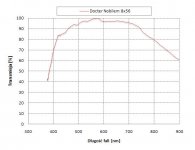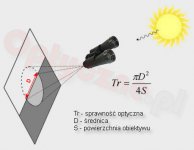new_mexico_birder
Member
I understand the differences between porro and roof prism binoculars, and I read again and again that you can get equivalent performance out of porro prisms for less money. What I don't know is how specific porro prisms compare to roof prism binoculars.
For example, I see the Nikon Monarch 5 recommended as a good set of binoculars in their price range (about $270). How would the porro prism Nikon Action Extreme binoculars ($130) compare? I would go to the store and try them, but I hardly trust my judgment when it comes to these things - I don't really know how to judge binoculars other than what feels nice.
I'm in the market for 8x42 binoculars (or something similar), and I am willing to spend up to $300. If I can get the same performance for less, and end up saving money, that would be great. I'd just like to know how current porro prism offerings compare to the popular roof prisms.
For example, I see the Nikon Monarch 5 recommended as a good set of binoculars in their price range (about $270). How would the porro prism Nikon Action Extreme binoculars ($130) compare? I would go to the store and try them, but I hardly trust my judgment when it comes to these things - I don't really know how to judge binoculars other than what feels nice.
I'm in the market for 8x42 binoculars (or something similar), and I am willing to spend up to $300. If I can get the same performance for less, and end up saving money, that would be great. I'd just like to know how current porro prism offerings compare to the popular roof prisms.








